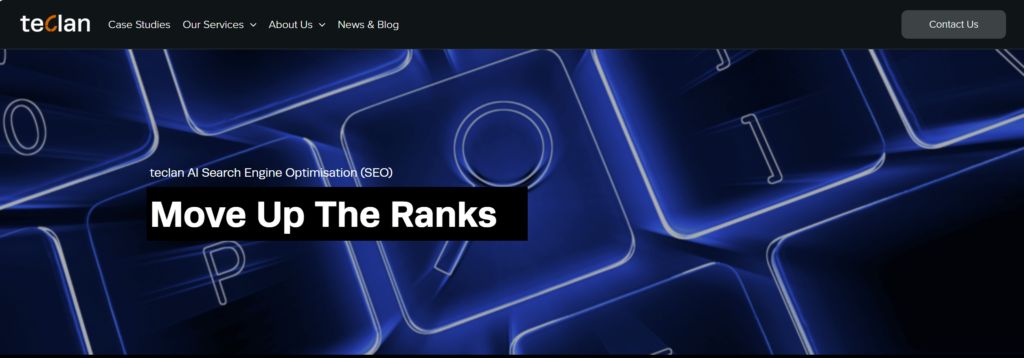A well-structured website isn’t just about great content—it’s about presenting that content in a clear, accessible, and engaging way. Heading structure and readability play crucial roles in both user experience and SEO, ensuring visitors can easily navigate your site while search engines can efficiently understand and rank your content.
At teclan, we focus on optimising heading structures and improving readability to enhance engagement, accessibility, and search performance.
Why Heading Structure & Readability Matter:
- SEO Benefits – Search engines use headings to understand content hierarchy, helping pages rank better.
- User Experience – Well-structured headings make content easier to scan and digest.
- Accessibility – Properly formatted headings improve usability for screen readers and assistive technologies.
- Engagement & Conversions – Readable, well-organised content keeps visitors on-site longer.
A well-structured page guides readers smoothly through information while improving search rankings.
teclan’s Strategy for Optimising Heading Structure & Readability.
1. Creating a Clear, Logical Heading Structure
Headings (H1 to H6) should create a hierarchical structure that improves both SEO and readability:
- One H1 per page – Clearly define the page’s main topic.
- H2s for key sections – Structuring content logically with main subheadings.
- H3s-H6s for further breakdowns – Organising supporting information under relevant subtopics.
Example of a well-structured heading format:
- H1: Guide to Choosing the Right Hiking Boots
- H2: Key Features to Consider
- H3: Waterproofing & Breathability
- H3: Sole & Traction
- H2: Best Hiking Boots for Different Terrains
- H3: Mountain Trails
- H3: Wet & Muddy Conditions
- H2: Key Features to Consider
2. Optimising Readability for Better Engagement
Clear, easy-to-read content keeps visitors engaged:
- Using short paragraphs – Breaking up large blocks of text for easier scanning.
- Writing in plain English – Avoiding jargon and complex wording.
- Using bullet points & lists – Enhancing skimmability and clarity.
- Add subheadings every 200-300 words – Ensuring logical flow and readability.
Tip: If a visitor can grasp the main points of your content just by scanning the headings, your structure is effective!
3. Enhancing SEO with Heading Optimisation
Search engines use headings to determine content relevance:
- Headings contain target keywords naturally, without stuffing.
- Descriptive H2s & H3s to improve ranking opportunities.
- Avoid duplicate headings to maintain clarity and consistency.
4. Improving Accessibility for All Users
A good heading structure improves accessibility, making content more inclusive:
- Use semantic HTML so that assistive technologies can interpret page structure correctly.
- Ensure logical heading order, avoiding skipped heading levels.
- Maintain consistent formatting for readability across all devices.
The Result: Better Rankings, Engagement & User Experience
By optimising heading structure and readability:
- Rank higher in search engines thanks to a clear content hierarchy.
- Keep visitors engaged with easy-to-digest information.
- Improve accessibility for a wider audience
Want a website that’s both search-friendly and user-friendly? Contact teclan today!


